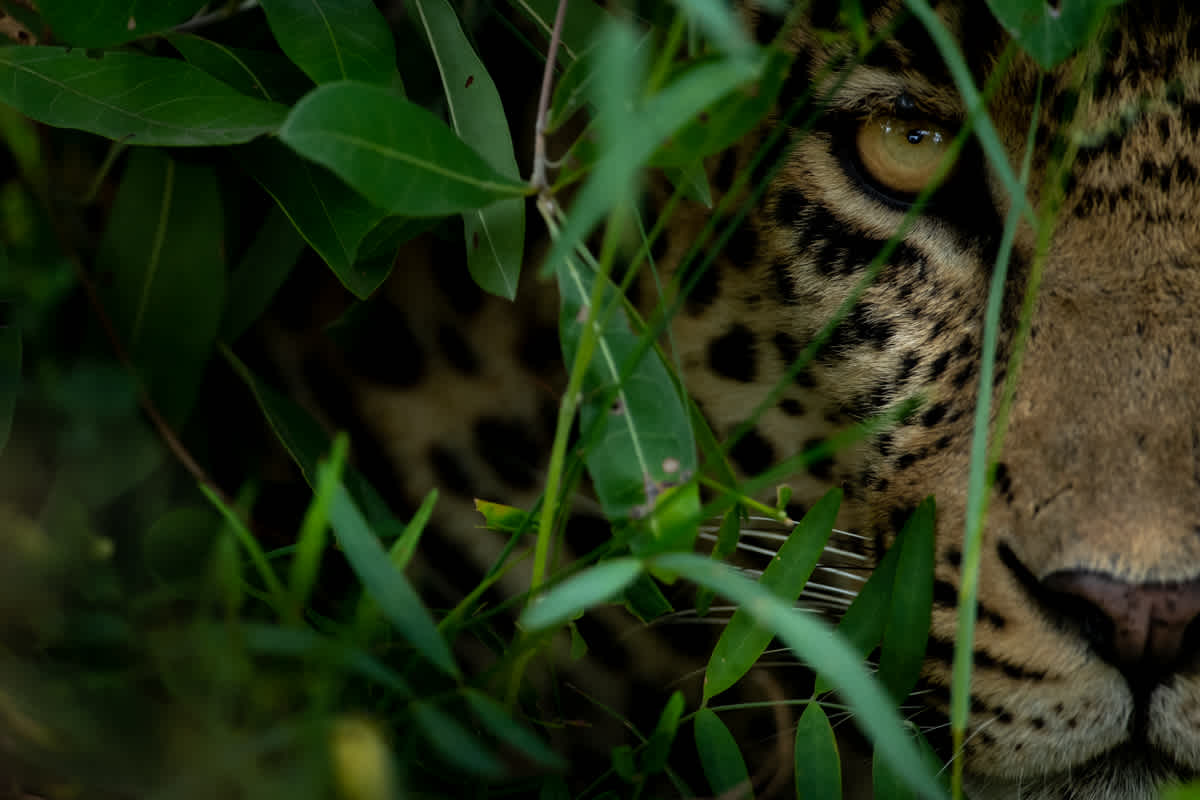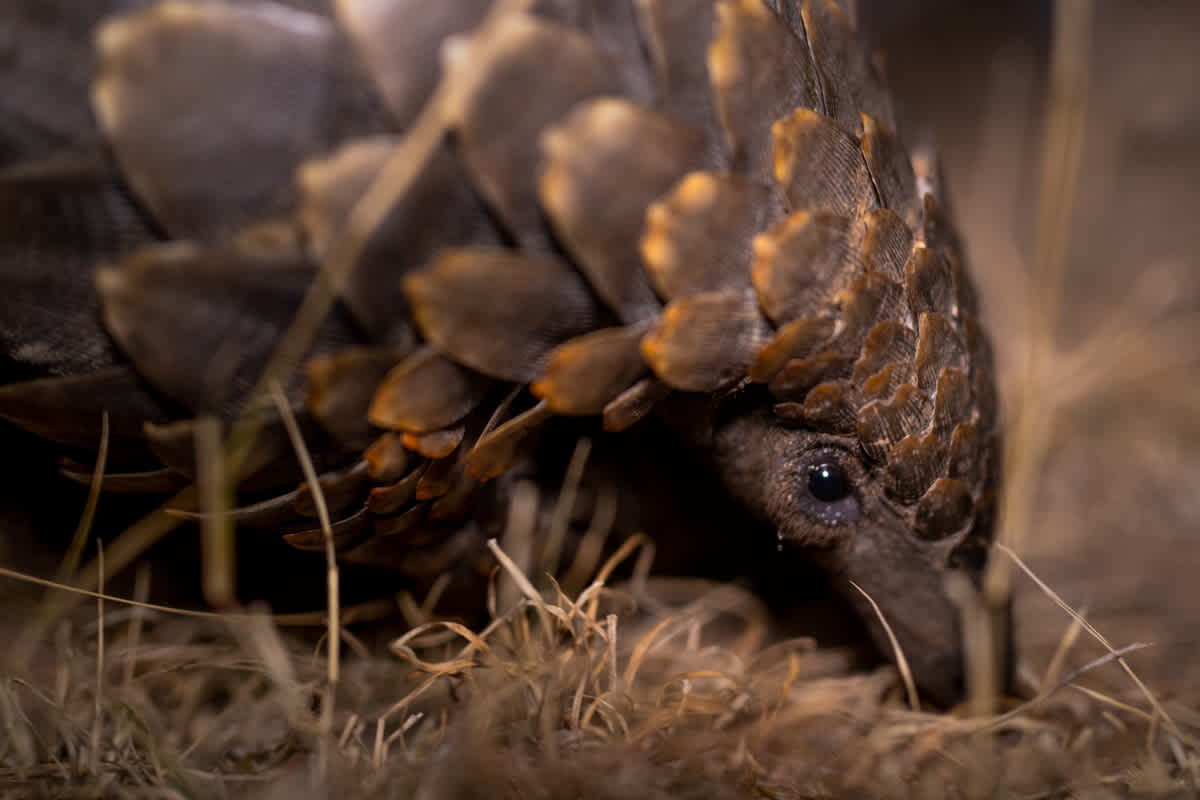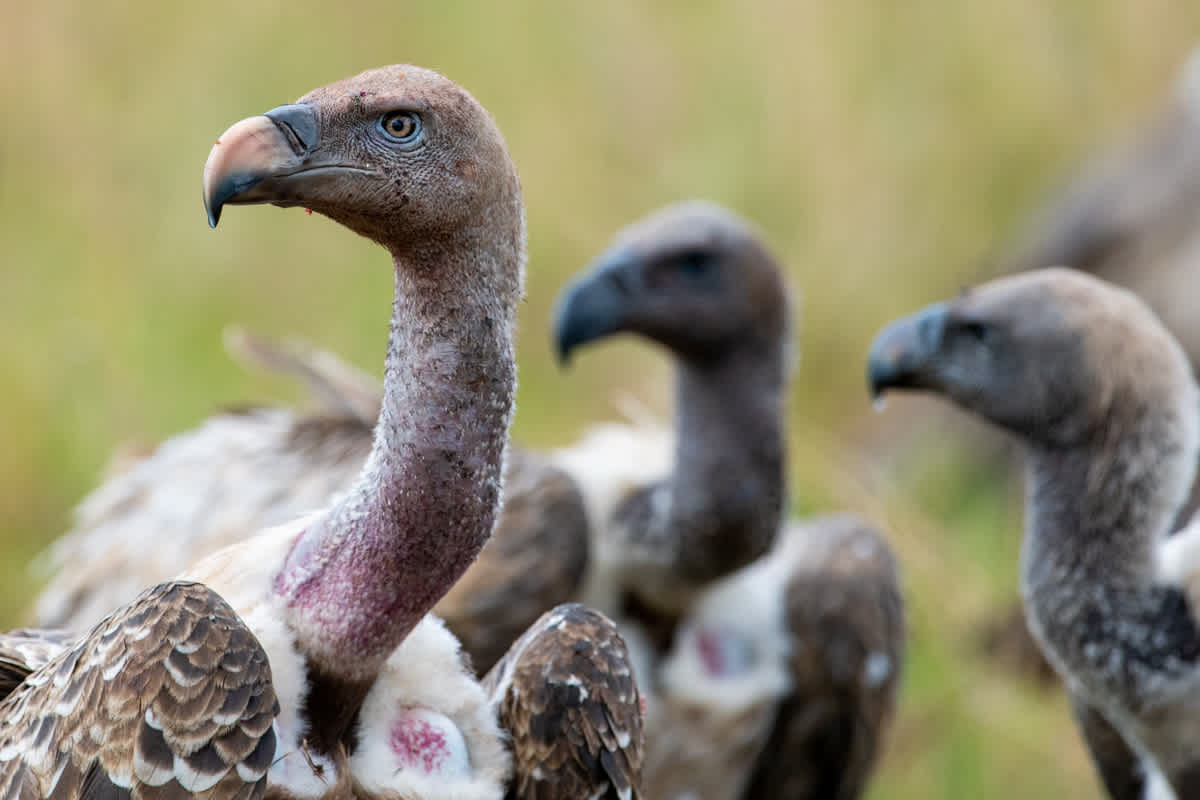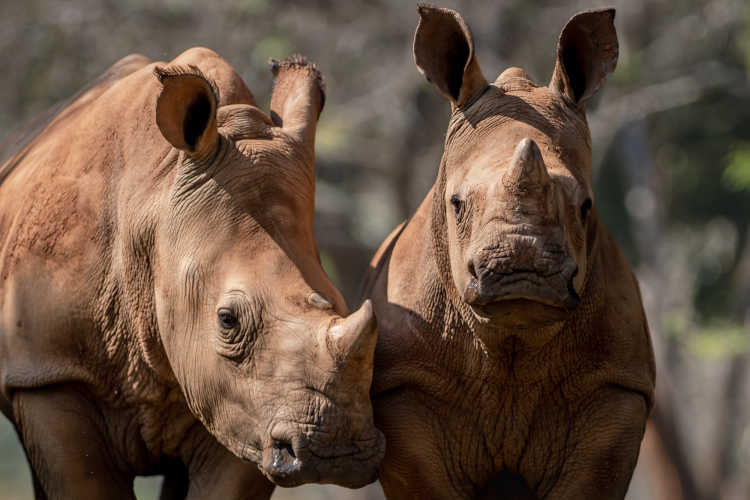Leopards are famous for their elusiveness, and their remarkable ability to adapt has created the misconception that they are widespread both inside and outside of protected areas. When in fact the truth is that they sit poised precariously on the brink of real and serious threat – there are likely fewer than 5 000 leopards remaining in South Africa and their numbers decline annually at an alarming rate.
A handful of major factors threaten their very existence. Habitat loss means their numbers decrease as a result of insufficient territory to support independence. Additionally, a depletion of their prey due to bush-meat poaching decreases their food source. Retaliatory killings (sometimes as a result of a leopard having killed livestock), poaching (for body parts or skin) and trophy hunting further threaten their numbers.

In partnership with Panthera
Since 2009, Singita has worked with non-profit partner Panthera in its efforts to preserve this species. Five main interventions fall under Panthera’s umbrella. Furs for Life is one such site-specific project which works to reduce demand for skins in religious and cultural practices by creating and donating faux fur for religious ceremonies, something that has, in recent years, become widely adopted by the Shembe Church. While across regions Panthera also looks to secure leopard habitats, as well as establish conservation corridors between protected areas for dispersal.
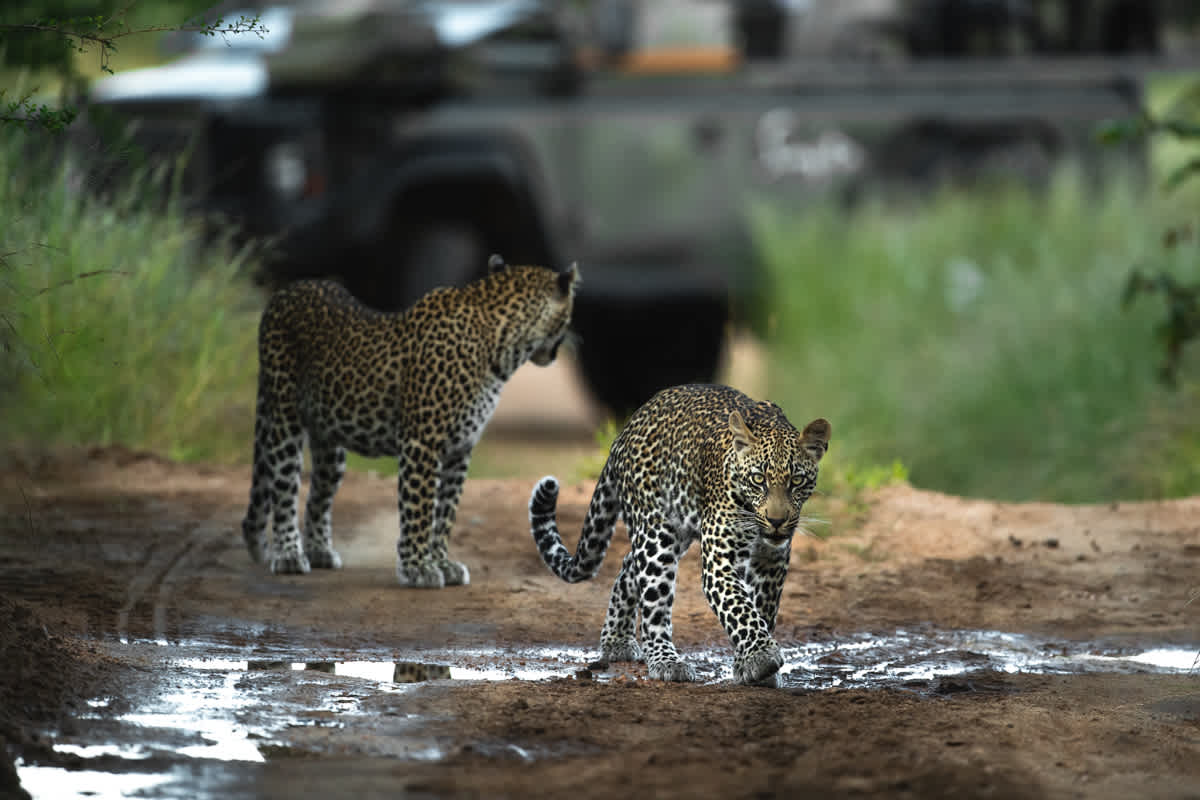
Leopards of Singita Sabi Sand
Panthera’s Sabi Sand Leopard Project engages in long-term leopard research to inform policies and management. Singita Sabi Sand has earned a reputation as one of the best leopard-sighting destinations on the planet. And while this makes it a popular destination for big cat lovers, this environment also serves a much higher purpose as a prime environment to study the species.
But what makes Sabi Sand such a perfect microcosm of leopard life? The leopard population in Sabi Sand in unique – in that it is stable, it persists at or near carrying capacity and has a high density (12 leopard per 100 square kilometres). The population is also free from anthropogenic mortality, which is rare for leopards, and is protected. This unique environment has also allowed guides in the region to build up, over time, impressive long-term life-histories and population data. ‘Patterns of behaviour are only detectable over years and generations. So this information helps to build a great model for us to understand leopards and inform broader conservation policies,’ says Dr Nikki le Roex, Project Coordinator of Sabi Sands Leopard Research.


On the ground
The various projects under the Sabi Sand Leopard Project include data collection, and the continual addition of data to life histories dating as far back as the mid 1970s. Camera trap surveys estimate density within the population, while genetic sampling uses non-invasive scat collection methods (uncommon but possible here because the leopards are habituated) to add genetic information to the data set.
‘The scat sampling for DNA analysis is very exciting – it will eventually allow us to trace illegal pelts to help neutralise poachers and will be permissible in court from an evidence gathering perspective,’ says Mark Broodryk, head guide at Singita.
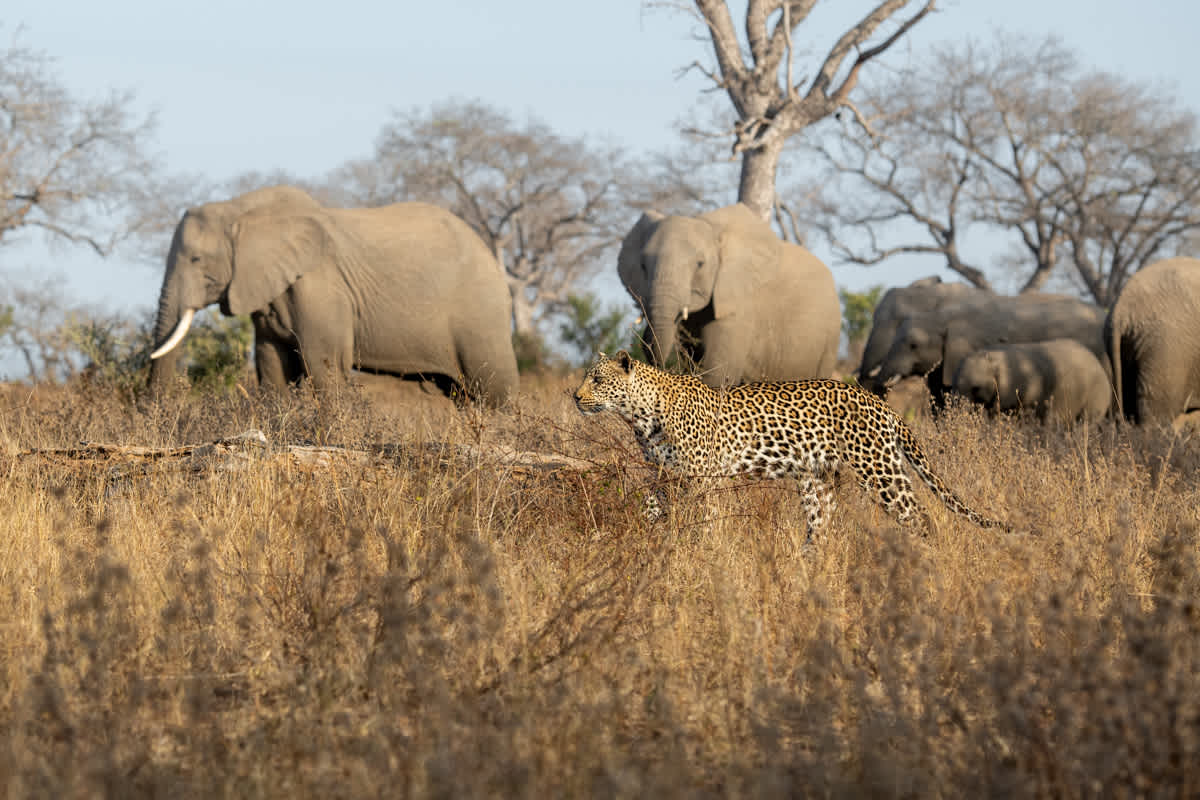
Measuring impact
While almost impossible to accurately measure the various programmes’ effectiveness in terms of impact, the partnership has brought about significant scientific backing to Singita’s understanding of the leopards of the area. ‘By using consistent methodology, we are able to accurately track trends on an annual basis. I think we are now a lot more aware of leopard numbers and thus better equipped to make educated and informed decisions,’ says Broodryk.
Le Roex confirms that it’s a gradual process. ‘It’s difficult to tangibly measure how effective these interventions are, in that the nature of the research is that it’s most useful when accumulated over longer periods,’ says Le Roex. ‘What we do know is that support from Singita has been instrumental in allowing us to channel resources into crucial projects and to fund fieldwork and facilitate better monitoring.’
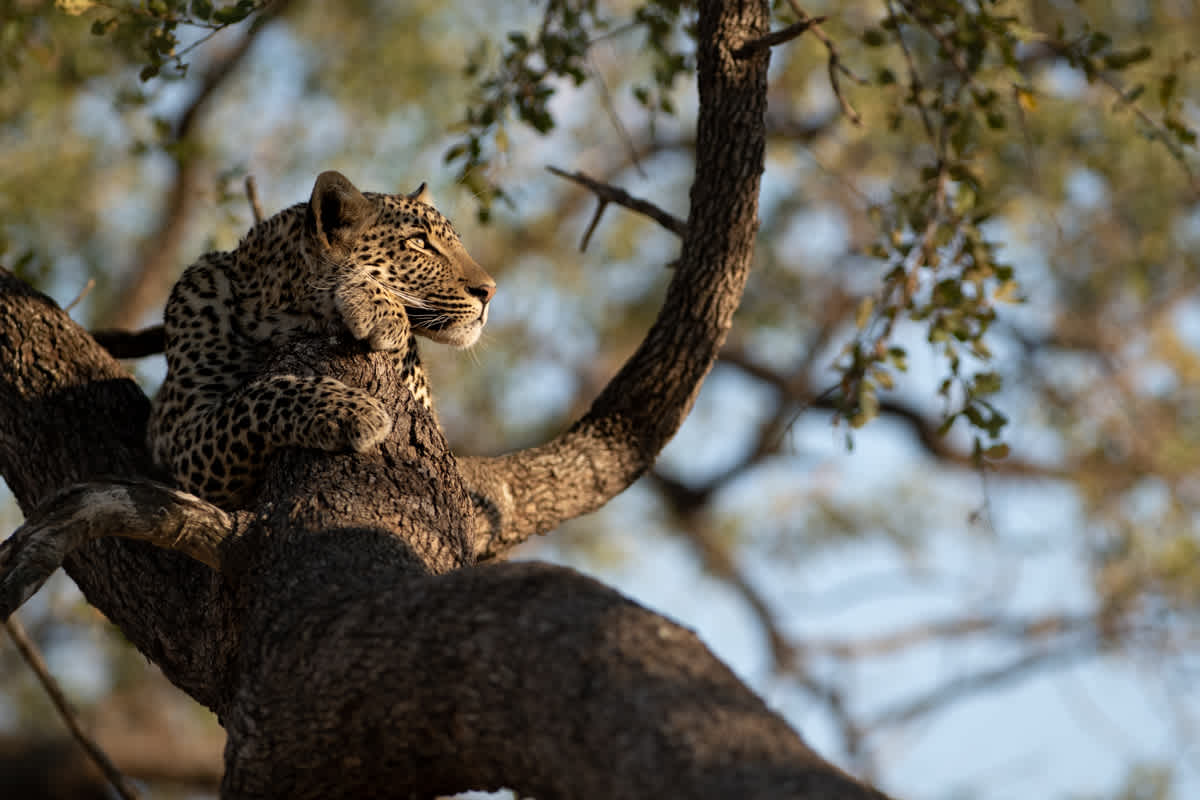
World Leopard Day
In honour of #WorldLeopardDay, we invite all our guests to share their favourite #LeopardsOfSingita photographs on social media. Whether you’ve taken your own on a past visit to one of our lodges or simply love one of ours, share it today and tag us, using #LeopardsOfSingita and join us in celebrating these captivating cats and raising awareness of the work being done to save them.
Learn more about Panthera and how you can contribute to their crucial ongoing research here.

